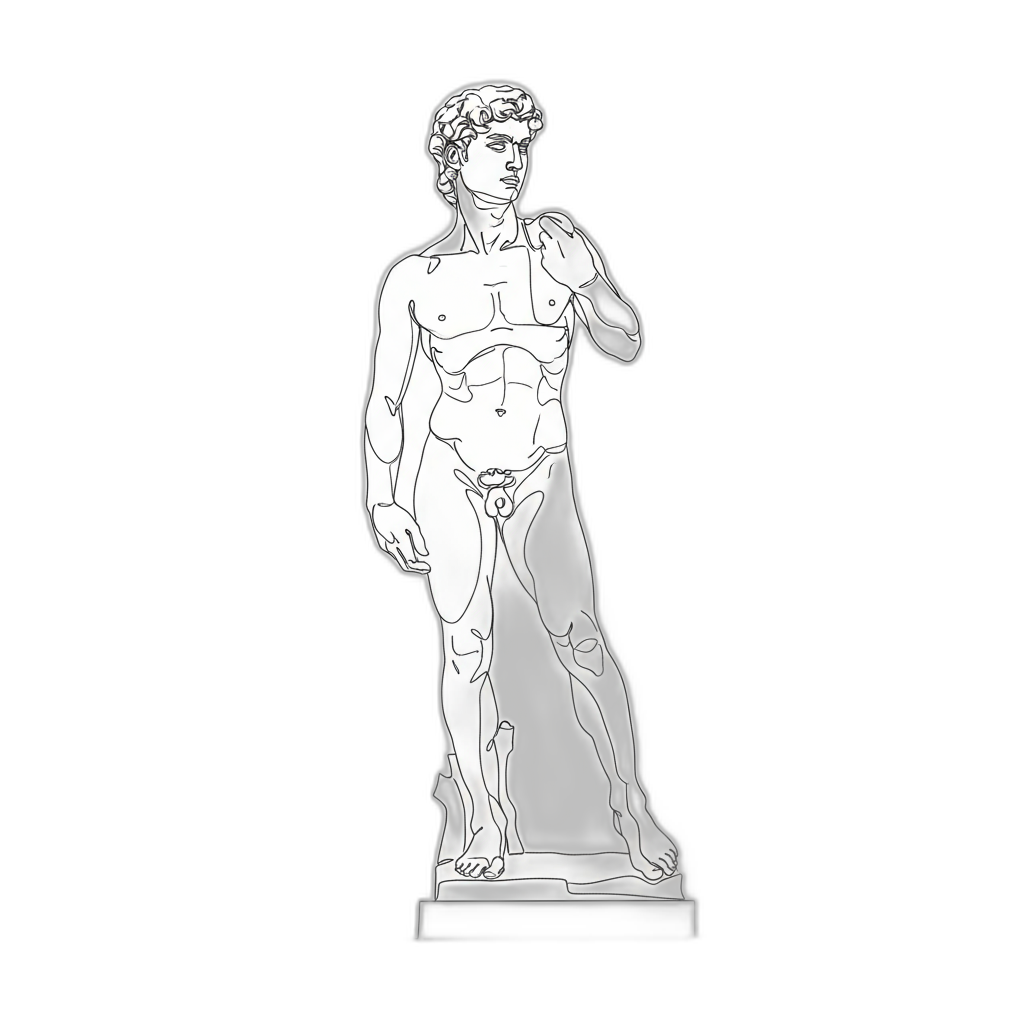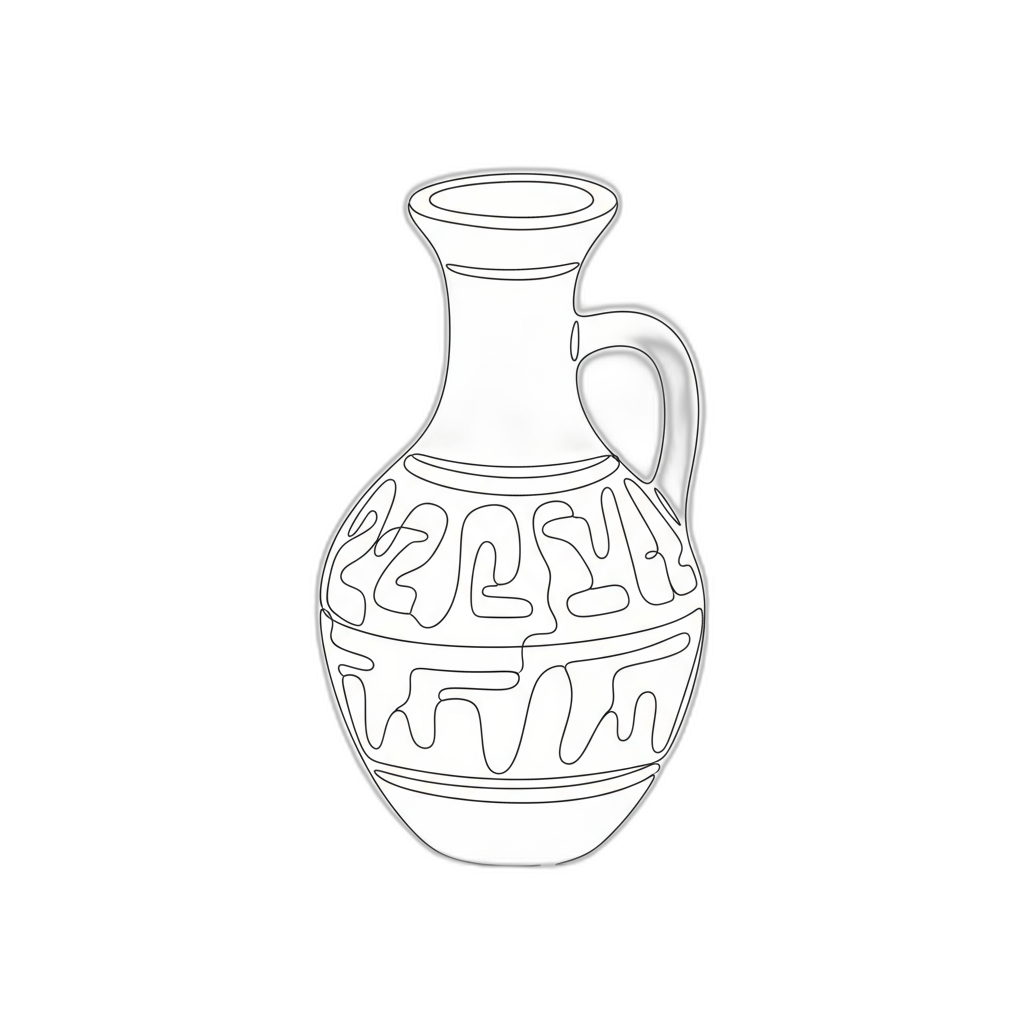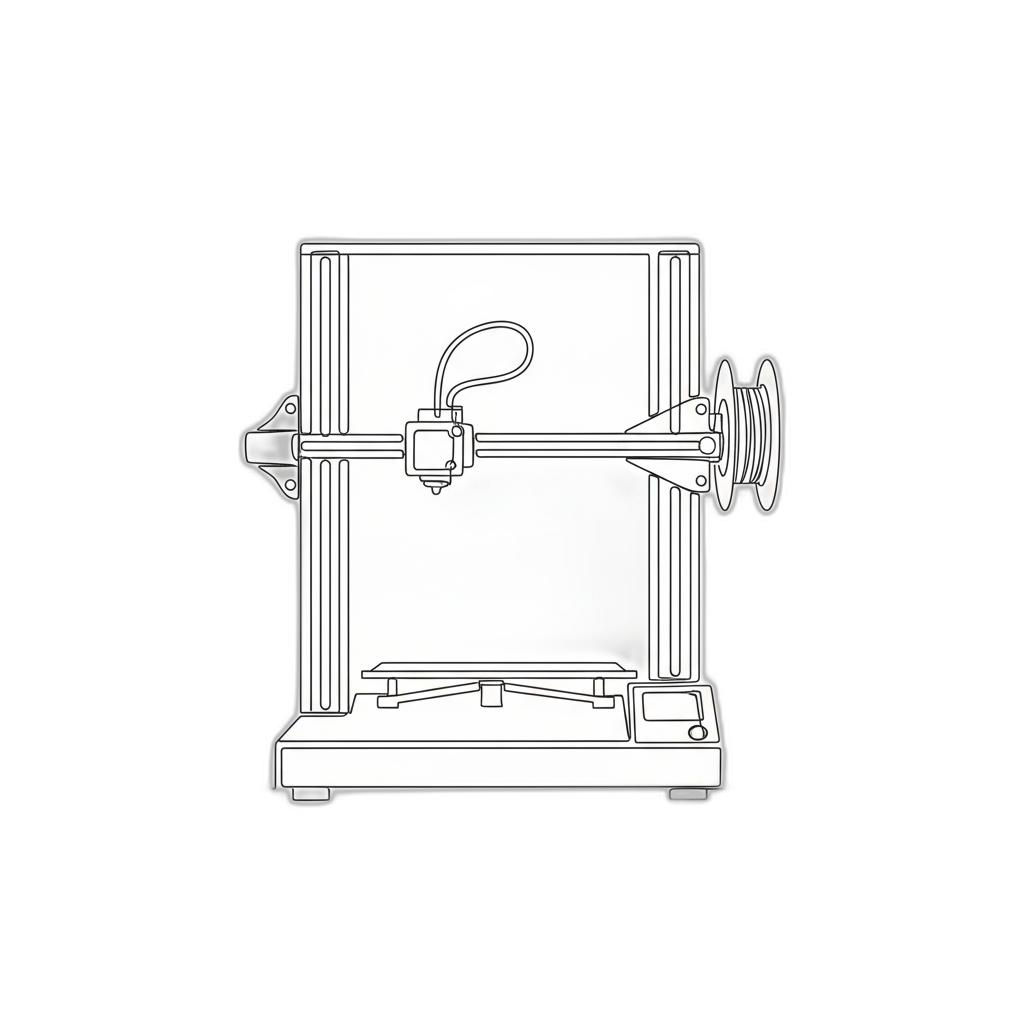






5-Star Service, Trusted & Loved by Hundreds
Your Appraiser Search Ends Here
Your Appraiser Search Ends Here
.avif)

Nationwide Coverage – Appraisals Anywhere in the US

Get it done Onsite or Online

Any Asset, Covered

Defensible for Any Purpose
Frequently Asked
Questions
No Frequently Asked Questions Found.
The U.S. Small Business Administration collaborates with approved lenders to provide loan guarantees, which fundamentally transforms the lending landscape for small businesses. This approach allows financial institutions to extend credit to businesses that might not qualify for conventional loans, effectively lowering the risk for lenders while creating opportunities for entrepreneurs.
These loan programs offer remarkable flexibility, accommodating diverse business needs from startup capital to expansion funding. Businesses can access loan amounts ranging from modest sums to substantial investments, with repayment terms typically spanning 7 to 25 years. The competitive interest rates and extended repayment periods provide businesses with more manageable financial obligations compared to traditional lending options.
SBA loans come in multiple formats, each tailored to specific business requirements. The 7(a) Loan Program serves as the most versatile option, supporting working capital, equipment purchases, and real estate investments. Meanwhile, the 504 Loan Program focuses on fixed asset acquisitions, and the Microloan Program provides smaller funding amounts for emerging businesses with limited financial histories.
The fundamental appeal of SBA loans lies in their ability to democratize access to capital. By mitigating lending risks and offering more flexible qualification criteria, these programs empower entrepreneurs who might otherwise struggle to secure traditional financing. This approach not only supports individual businesses but also contributes to broader economic growth and innovation.
Ultimately, SBA loans represent more than just a financial product—they are a strategic tool for businesses navigating complex economic landscapes. Understanding their nuanced structure and potential can help entrepreneurs make informed decisions about their financial futures.
The appraisal process goes far beyond a simple price tag. It delivers a nuanced understanding of the property's worth by examining factors such as location, condition, comparable market sales, and potential income generation. Lenders rely on these professional assessments to determine loan eligibility, assess risk, and establish precise lending parameters.
For borrowers, an appraisal offers transparency and protection. It ensures they are making a sound financial investment by confirming the property's actual market value. The valuation helps prevent overpaying and provides a clear picture of the asset's potential.
Financial institutions use appraisals as a key risk management tool. By understanding the precise value of the collateral, they can make informed decisions about loan amounts, interest rates, and overall lending terms. This meticulous approach protects both the lender's investment and the borrower's financial interests.
The appraisal also plays a crucial role in meeting SBA regulatory requirements. It validates that the property meets specific guidelines, confirming its suitability as loan collateral. This compliance is essential for loan approval and helps streamline the application process.
Moreover, the appraisal serves multiple secondary functions. It supports insurance coverage calculations, assists in tax assessments, and provides a comprehensive documentation record for the loan application. This multifaceted utility makes the appraisal an indispensable component of the SBA loan process.
Ultimately, a professional property appraisal represents more than a mere formality. It is a strategic tool that brings clarity, mitigates financial risks, and facilitates informed decision-making for businesses seeking SBA loan financing.
An artwork appraisal represents a comprehensive professional evaluation that precisely determines the monetary and historical value of an art piece. This meticulous process involves expert assessment of multiple intricate factors that collectively influence an artwork's market worth and significance.
Professional art appraisers employ a sophisticated methodology that examines critical elements such as the artwork's provenance, authenticity, physical condition, current market dynamics, and the artist's reputation. Each of these components plays a crucial role in establishing an accurate and defensible valuation.
The evaluation goes far beyond a simple price assessment. Appraisers conduct detailed investigations that may include forensic analysis of materials, historical research into the artwork's origins, and careful examination of minute details that can substantiate or challenge the piece's perceived value. They leverage extensive knowledge of artistic styles, market trends, and collector interests to provide a nuanced understanding of an artwork's worth.
Different stakeholders rely on artwork appraisals for diverse purposes, including insurance documentation, estate planning, potential sale transactions, and tax compliance. The appraisal serves as an authoritative document that provides clarity and confidence for collectors, institutions, and potential buyers.
The complexity of art valuation requires a sophisticated approach that balances objective analysis with deep understanding of artistic and market contexts. A comprehensive appraisal not only quantifies monetary value but also captures the intrinsic cultural and historical significance of the artwork.
Online artwork appraisals have become increasingly sophisticated, offering art owners a convenient and comprehensive method to determine the value of their pieces. The process typically begins with submitting high-resolution photographs that capture essential details of the artwork. Professional appraisers carefully analyze these images, examining critical aspects such as condition, artistic technique, and distinctive characteristics.
Beyond visual documentation, appraisers collect contextual information through digital communication channels. Owners provide supplemental details about the artwork's provenance, artist background, and historical significance, which help create a more nuanced valuation. This collaborative approach allows for a thorough assessment without the constraints of physical proximity.
Live video consultations have emerged as an innovative component of online art appraisals. Using platforms like Zoom or Google Meet, appraisers can engage directly with clients, rotating artwork, examining specific details, and conducting real-time discussions. This interactive method bridges the gap between digital and in-person assessment, enabling a more dynamic and comprehensive evaluation.
The digital appraisal process offers substantial benefits, including accessibility for individuals in remote locations, flexibility for busy clients, and reduced logistical complexities. Professional appraisers maintain rigorous standards, ensuring that online evaluations are as meticulous and credible as traditional in-person assessments.
Modern technology has transformed artwork appraisals, creating a streamlined, efficient approach that meets the evolving needs of art collectors and owners. By leveraging digital tools and professional expertise, online appraisals provide accurate, comprehensive valuations with unprecedented convenience.
Artwork appraisers are specialized professionals who meticulously assess the value of diverse art forms. Their expertise spans multiple domains, each requiring unique skills and deep knowledge of artistic markets, historical context, and aesthetic evaluation.
Fine art appraisers concentrate on traditional art mediums like paintings, sculptures, and drawings. These experts possess comprehensive understanding of art movements and market dynamics, often developing profound specialization in specific periods such as Impressionism or Contemporary art.
Decorative art appraisers evaluate functional artistic items including furniture, ceramics, glassware, and textiles. Their assessments consider craftsmanship, material quality, historical significance, and provenance, making them invaluable to collectors and antique dealers seeking precise valuations.
Digital art appraisers represent an emerging professional category addressing the rapidly evolving technological art landscape. They specialize in evaluating digital creations, graphic designs, digital paintings, and emerging formats like NFTs, reflecting the dynamic nature of contemporary artistic expression.
Antique appraisers focus on artworks exceeding 100 years in age, conducting thorough examinations that extend beyond aesthetic value. They scrutinize historical importance, authenticity, and originality, distinguishing genuine historical pieces from reproductions and potential forgeries.
Specialty appraisers develop expertise in distinct artistic niches, concentrating on specific artists, regional styles, or unique media such as photography or limited edition prints. Their targeted knowledge enables nuanced, precise valuations within specialized artistic domains.
Institutional appraisers employed by museums, galleries, and cultural organizations perform critical valuation services for collections, exhibitions, and acquisitions. Operating under rigorous ethical standards, they provide essential assessments for insurance, donation, estate planning, and cultural preservation purposes.
Artworks transcend mere visual appeal, representing significant financial and emotional investments. Professional appraisals provide critical insights that extend far beyond simple price determination, serving multiple strategic purposes for art owners.
Insurance protection stands as a primary motivation for artwork appraisals. Without accurate documentation, collectors risk inadequate compensation during loss, theft, or damage scenarios. Precise valuations enable insurance companies to establish appropriate coverage, ensuring financial security for valuable pieces.
Estate planning represents another crucial context for art appraisals. When transferring assets between generations, comprehensive valuations help establish fair market values, potentially mitigating potential tax complications and familial disputes. Executors and heirs gain clarity about the financial landscape of inherited artwork collections.
Charitable donations also benefit from professional appraisals. For artwork valued over specific thresholds, formal assessments become essential for claiming tax deductions. These documentations provide nonprofits with transparent understanding of donated asset values while offering potential tax advantages to donors.
Preparing for potential sales requires nuanced market understanding. Appraisals illuminate current market trends, helping owners set competitive pricing strategies. Whether considering auction placement or private sale, comprehensive evaluations empower informed decision-making.
Investment portfolios increasingly recognize art as a valuable asset class. Professional appraisals help collectors assess artwork's financial potential, tracking appreciation and understanding long-term value trajectories. These insights support sophisticated wealth management approaches.
Authenticity verification represents an often-overlooked yet critical appraisal benefit. Reputable assessments not only determine monetary value but also confirm artwork provenance, protecting collectors from potential fraud and enhancing piece legitimacy.
Ultimately, artwork appraisals represent more than financial transactions—they are comprehensive explorations of cultural, historical, and monetary significance. By bridging emotional attachment and strategic financial planning, professional evaluations offer collectors comprehensive perspectives on their artistic investments.
What Makes Artwork Valuation Critical for SBA Loan Success?
Artwork valuation serves as a critical component in securing Small Business Administration (SBA) loans, directly influencing a business's financial standing and perceived collateral value. Understanding this process helps borrowers and lenders navigate complex financing requirements.
Key Reasons Artwork Valuation Matters for SBA Loans
Precise Collateral Assessment
- Provides an accurate market value for potential collateral assets
- Quantifies artwork worth beyond aesthetic considerations
- Enhances business credibility in the eyes of lenders
Meeting SBA Guidelines
- Ensures artwork meets specific collateral requirements
- Helps avoid potential valuation discrepancies
- Strengthens overall loan application documentation
Market Volatility Considerations
- Art values fluctuate based on economic trends and demand
- Regular appraisals provide updated valuation information
- Protects against potential undervaluation or overvaluation risks
Strategic Financial Planning
- Demonstrates borrower transparency and due diligence
- Supports accurate loan amount and terms negotiation
- Facilitates smoother funding processes
Effective artwork valuation ultimately serves as a strategic tool in SBA loan applications, safeguarding the interests of both lenders and borrowers while creating opportunities for business growth and financial sustainability.
Understanding the Artwork Appraisal Landscape
Artwork appraisal is a sophisticated process critical for various financial and strategic contexts, particularly when securing Small Business Administration (SBA) loans. Understanding this specialized landscape is essential for artists, collectors, and businesses seeking to leverage artwork as a valuable asset.
Core Components of Art Valuation
At its foundation, artwork appraisal involves meticulously assessing an artwork's market value through comprehensive analysis of multiple interconnected factors.
Key Evaluation Dimensions
- Market Dynamics: Art valuations are deeply influenced by constantly shifting market trends, requiring ongoing awareness of current artistic and collector preferences
- Provenance Authentication: An artwork's documented history, including ownership lineage and exhibition records, significantly impacts its perceived and monetary value
- Condition Assessment: Physical state plays a critical role in determining an artwork's worth, with factors like preservation, restoration quality, and potential damages directly affecting valuation
- Comparative Market Analysis: Professional appraisers systematically evaluate recent sales of comparable artworks to establish realistic and defensible valuation benchmarks
Technical Considerations for SBA Loan Appraisals
When artwork is being considered for loan collateral, several additional technical considerations become paramount:
- Appraisals must be conducted by certified professionals
- Documentation must meet strict lender requirements
- Valuations require comprehensive, objective reporting
- Detailed condition reports are mandatory
Professional Expertise Matters
Navigating the intricate artwork appraisal landscape demands specialized knowledge and a nuanced understanding of art market complexities. Engaging qualified appraisers ensures accurate, legally compliant valuations that reflect an artwork's true market potential.
What Determines an Artwork's True Market Value?
Key Factors Influencing Artwork Market Value
Understanding the nuanced elements that determine an artwork's true market value is crucial for collectors, investors, and financial professionals. These critical components provide a comprehensive framework for accurately assessing artistic worth, especially when considering artwork as potential collateral for SBA loans.
1. Artist Reputation and Significance
- Artist's established reputation in the art world
- Historical and cultural significance of the artist
- Career trajectory and recognition in art markets
- Potential for future value appreciation
2. Provenance and Authenticity
- Comprehensive ownership history
- Documentation of previous sales and exhibitions
- Verification of artwork's genuine origin
- Importance of expert authentication
3. Physical Condition Assessment
- Comprehensive evaluation of artwork's physical state
- Impact of preservation and restoration
- Identification of potential damage or wear
- Professional conservation status
4. Contemporary Market Dynamics
- Current art market trends
- Collector and institutional interest
- Emerging artistic styles and movements
- Cyclical nature of artistic valuation
5. Technical Specifications
- Artwork dimensions
- Medium and material quality
- Complexity of artistic technique
- Rarity of materials and execution
By meticulously examining these interconnected factors, professional appraisers can develop a nuanced and accurate valuation that reflects an artwork's true market potential and financial significance.
Navigating the Art Appraisal Process for Loan Qualification
Navigating the art appraisal process for loan qualification requires strategic preparation and understanding of key steps to ensure successful financing through Small Business Administration (SBA) loans.
Key Components of Art Appraisal for Loan Qualification
Selecting a Qualified Appraiser
- Choose an expert with extensive art market knowledge
- Verify professional accreditation from recognized organizations
- Ensure expertise in specific art types and market trends
Comprehensive Art Evaluation Process
The appraiser will conduct a thorough assessment focusing on critical factors:
- Artwork condition
- Provenance and ownership history
- Authenticity verification
- Current market demand
- Comparative market analysis
Documentation and Valuation
A professional appraisal report should include:
- Detailed examination findings
- Fair market value determination
- Quantitative and qualitative analysis
- Supporting evidence for lenders
Lender Requirements and Communication
Successfully meeting SBA loan appraisal standards requires:
- Understanding specific lender timeframes
- Adhering to required documentation formats
- Maintaining transparent communication
- Proactively addressing potential questions or concerns
By understanding these critical steps, business owners can confidently navigate the art appraisal process and improve their chances of securing necessary financing.
Choosing the Right Professional: Art Appraisal Expertise Matters
Selecting the Right Art Appraiser for SBA Loan Collateral
Obtaining an SBA loan using artwork as collateral requires a strategic approach to professional art appraisal. This specialized field demands expertise that goes beyond basic valuation, encompassing deep understanding of artistic markets, historical context, and precise assessment methodologies.
Critical Factors in Choosing an Art Appraiser
- Professional Credentials
- Seek appraisers certified by recognized organizations like the American Society of Appraisers (ASA) or Appraisers Association of America (AAA)
- Verify membership in professional associations that mandate ethical standards and ongoing education
- Check for advanced certifications specific to art valuation
- Specialized Art Expertise
- Match the appraiser's background to your specific art genre or medium
- Consider appraisers with focused expertise in contemporary, modern, or historical art
- Evaluate their understanding of specific artistic movements and market dynamics
- Professional Reputation
- Review client testimonials and professional references
- Request examples of previous appraisal work
- Assess their track record in providing accurate and defensible valuations
- Communication and Transparency
- Choose an appraiser who explains valuation methods clearly
- Ensure they provide comprehensive documentation
- Verify their ability to articulate complex valuation processes
The right art appraiser is crucial to successfully navigating the SBA loan process. Investing time in selecting a qualified professional can significantly impact the accuracy and acceptance of your artwork's valuation.
Key Recommendation
Approach the selection process methodically, prioritizing expertise, credentials, and a proven track record in art appraisal. Your diligence will translate directly into a more robust loan application.
Myths vs. Realities: Demystifying Artwork Appraisals
Artwork appraisals are often misunderstood, particularly when considering their role in securing SBA loans. By dispelling common myths, we can provide clarity on the critical nature of professional art valuation.
Common Myths About Artwork Appraisals
Myth 1: Appraisals are Only for High-Value Artwork
Contrary to popular belief, artwork appraisals are valuable regardless of an artwork's price point. Even moderately priced pieces can:
- Contribute to a comprehensive financial portfolio
- Potentially influence loan terms and conditions
- Provide critical documentation for lending institutions
Myth 2: All Appraisals Have Equal Credibility
Not all appraisals are created equal. Professional artwork appraisals require:
- Certification from recognized professional organizations
- Adherence to standardized valuation methodologies
- Comprehensive analysis of artwork characteristics
Myth 3: Market Value Equals Appraised Value
Key differences between market value and appraised value include:
- Market value represents immediate purchase price
- Appraised value considers deeper contextual factors
- Comprehensive evaluation includes provenance, condition, and market trends
Myth 4: Appraisals Do Not Impact Loan Eligibility
Professional artwork appraisals can significantly influence lending decisions by:
- Providing tangible documentation of asset value
- Establishing artwork as potential collateral
- Supporting more favorable loan negotiation terms
Understanding the True Value of Professional Appraisals
A comprehensive artwork appraisal serves as a strategic financial tool, offering insights that extend beyond simple monetary valuation. By working with qualified professionals, art owners can transform their collections into meaningful financial assets.
Essential Documentation for Your SBA Loan Application
Essential Documentation for SBA Loan Artwork Appraisal
When applying for an SBA loan, submitting a comprehensive application is critical for securing financing, especially when using artwork as collateral. The right documentation can significantly strengthen your loan application and boost the lender's confidence in your asset's valuation.
Key Documentation Requirements
- Professional Artwork Appraisal
- Conducted by a certified appraiser with recognized credentials
- Must include detailed information:
- Artwork title
- Artist name
- Medium
- Dimensions
- Overall condition
- Comprehensive valuation
- Appraisers should be affiliated with professional organizations like:
- American Society of Appraisers
- International Society of Appraisers
- Comprehensive Provenance Documentation
- Provides critical context for artwork valuation
- Essential documents include:
- Original purchase receipts
- Previous appraisal records
- Exhibition histories
- Exhibition catalogues
- Helps verify authenticity and potential market value
- Detailed Visual and Condition Documentation
- High-quality photographs from multiple angles
- Comprehensive condition report detailing:
- Structural integrity
- Any existing damage
- Potential conservation needs
- Restoration history
- Market Comparative Analysis
- Supplemental to professional appraisal
- Include recent sales of comparable artworks
- Demonstrates asset's market positioning
- Indicates potential liquidity
- Concise Summary Statement
- Correlates all submitted documentation
- Provides clear overview for lender
- Facilitates efficient application review
Meticulously preparing and submitting these documentation components can significantly enhance your SBA loan application. This organized approach not only streamlines the lending process but also establishes your credibility as a serious and responsible borrower.
How Art Valuations Impact Your Borrowing Potential
Art valuations play a crucial role in determining your borrowing potential, especially when securing Small Business Administration (SBA) loans. Many entrepreneurs and business owners may not realize that artwork can serve as both a business asset and potential collateral in loan applications.
Key Factors Influencing Art Valuation for Loans
- Market Demand and Trends
Artwork value fluctuates based on current market conditions, making current appraisals essential. Art from well-respected artists or in high demand typically commands higher prices, directly enhancing borrowing capacity.
- Asset Diversification
High-valued art pieces can strategically diversify your asset portfolio. Lenders are more likely to approve loans for borrowers with varied assets, viewing art as a stable investment vehicle.
- Loan Structure and Terms
A professionally conducted valuation report elevates the credibility of your asset disclosure. Verified valuations can potentially unlock more favorable loan terms, including:
- Lower interest rates
- Extended repayment periods
- Higher loan amounts
- Documentation and Transparency
Detailed appraisals provide clear, comprehensive documentation of an artwork's worth. This transparency helps mitigate lender risk and instills confidence during the loan approval process.
- Appreciation Potential
Artwork's capacity for long-term value appreciation provides additional assurance to lenders. The potential for increased worth can significantly influence lending decisions and loan terms.
Strategic Considerations
A comprehensive and thoughtful art valuation can meaningfully enhance your SBA loan application. By effectively positioning artwork as a strategic asset, businesses can unlock new financing opportunities and support growth initiatives.
Preserving and Protecting Your Art Investment
Protecting Your Art Collection: A Comprehensive Guide
Preserving and protecting artwork is essential for maintaining its aesthetic and financial value. Art investments require careful attention to prevent deterioration and ensure long-term preservation.
Optimal Handling Techniques
- Safe Handling Practices:
- Always use clean, dry hands or wear cotton gloves
- Support artwork from the bottom when moving
- Avoid touching the surface directly to prevent scratches
Critical Environmental Considerations
- Light Protection:
- Minimize direct sunlight exposure
- Use UV-filtering glass or acrylic for framed pieces
- Rotate displayed artwork to prevent prolonged light damage
- Climate Control:
- Maintain consistent temperature: 68-72°F (20-22°C)
- Keep relative humidity between 40-60%
- Avoid rapid temperature or humidity fluctuations
Comprehensive Maintenance Strategy
- Cleaning and Care:
- Use soft, dry cloths for gentle dusting
- Consult professional conservators for deep cleaning
- Avoid household cleaning products
- Regular Inspections:
- Conduct quarterly visual examinations
- Look for signs of:
- Discoloration
- Flaking
- Mold growth
- Structural damage
Documentation and Valuation
- Comprehensive Record-Keeping:
- Maintain detailed photographic documentation
- Collect and preserve provenance information
- Keep updated appraisal records
- Professional Assessment:
- Schedule periodic professional appraisals
- Track artwork value and market trends
- Ensure appropriate insurance coverage
By implementing these strategic preservation techniques, art collectors can protect their investments and maintain the integrity of their cherished collections.
Preparing for a Comprehensive Art Appraisal
When seeking to secure an SBA loan, understanding the value of your artwork is crucial. A comprehensive art appraisal not only confirms the authenticity and condition of your pieces but also establishes their market value, which can significantly influence loan terms.
Key Steps for Art Appraisal Preparation
1. Comprehensive Documentation
- Gather detailed information for each artwork
- Include artist's name, title, medium, and size
- Collect provenance details and existing documentation
- Capture high-quality photographs showcasing artwork condition and details
2. Selecting a Qualified Appraiser
- Choose professionals accredited by recognized organizations
- Verify expertise in your specific art type
- Confirm experience with similar artwork appraisals
- Check credentials from:
- American Society of Appraisers
- International Society of Appraisers
3. Understanding the Appraisal Process
- Expect a thorough artwork examination
- Be prepared to discuss artwork history
- Key evaluation factors include:
- Market demand
- Historical significance
- Overall condition
4. Condition and Restoration Assessment
- Inventory artwork's physical condition
- Document any existing damage
- Provide restoration documentation if applicable
- Understand how condition impacts artwork value
5. Optimal Appraisal Environment
- Create an accessible viewing space
- Ensure proper lighting
- Arrange artworks for easy inspection
- Facilitate a comprehensive assessment
By meticulously preparing your artworks and understanding the appraisal process, you'll secure a comprehensive, accurate valuation that effectively supports your SBA loan application.
Your SBA Art Appraisal: Answers to Critical Questions
Understanding Artwork Appraisal for SBA Loans
When seeking an SBA loan, an artwork appraisal becomes a critical component of your financial strategy. This professional valuation process does more than simply assign a monetary value to your art—it provides lenders with a comprehensive understanding of your potential collateral.
What Exactly Is an Artwork Appraisal?
An artwork appraisal is a meticulous professional assessment that determines the market value of an art piece through a comprehensive evaluation. Key factors examined during this process include:
- Artist's reputation and historical significance
- Artwork's provenance and documented history
- Current condition of the piece
- Recent market trends and comparable sales
- Authenticity and rarity of the artwork
Why Do SBA Lenders Require Art Appraisals?
SBA lenders utilize artwork appraisals as a critical risk management tool. By obtaining a professional valuation, lenders can:
- Assess the potential collateral value of the artwork
- Mitigate financial risk in case of loan default
- Verify the legitimate market value of the art asset
- Establish a clear understanding of the borrower's financial standing
The Professional Appraisal Process
A comprehensive artwork appraisal typically follows a structured methodology:
- Initial Consultation: Detailed discussion about the artwork's background and appraisal objectives
- Comprehensive Research: In-depth analysis of the artwork's historical context, artist information, and market trends
- Physical Examination: Thorough inspection of the artwork's condition, authenticity, and unique characteristics
- Market Comparison: Comparative analysis with similar artworks in recent sales
- Valuation Report: Professional documentation detailing the comprehensive assessment and determined value
Appraisal Timeline Considerations
The duration of an artwork appraisal can vary depending on several factors:
- Complexity of the artwork
- Required depth of research
- Appraiser's current workload
- Availability of comparative market data
Most professional appraisals are completed within 7-14 business days, though complex pieces might require additional time.
Key Takeaway
A professional artwork appraisal is more than a simple valuation—it's a strategic tool that provides clarity, reduces financial uncertainty, and supports your SBA loan application by demonstrating the tangible value of your art assets.
View all Locations
BEST-IN-CLASS APPRAISERS, CREDENTIALED BY:
























.svg)










